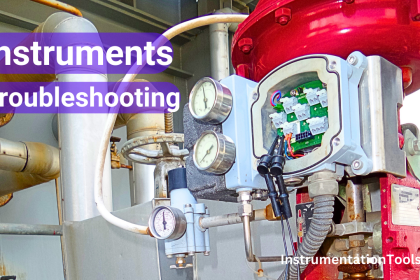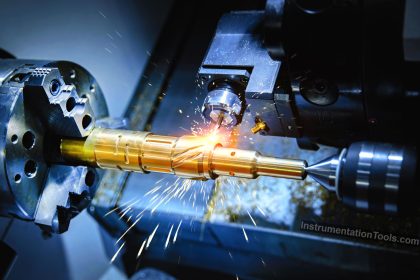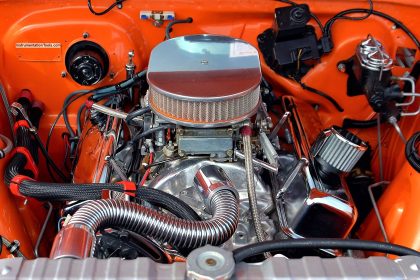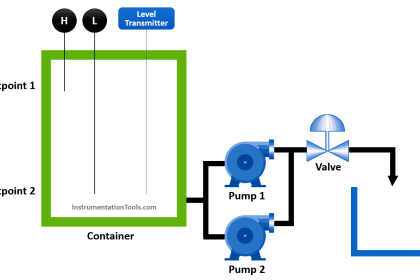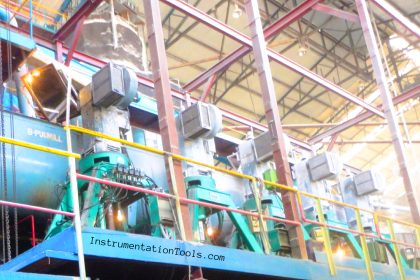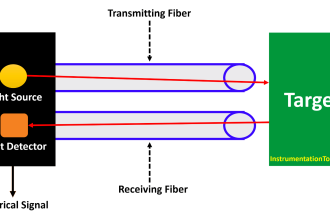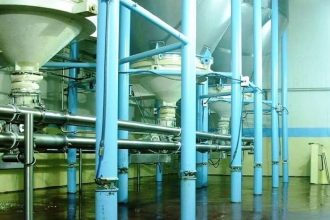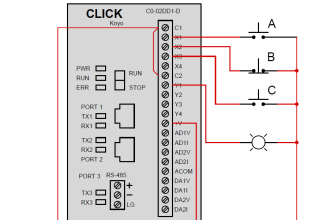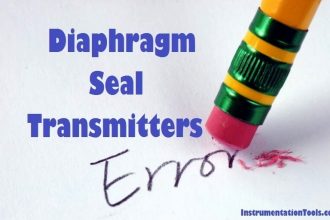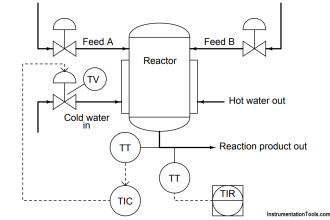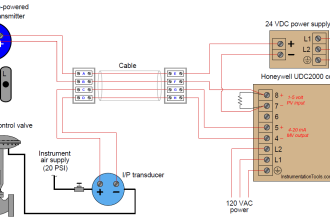In engineering, when you are installing a pipeline, you need to inspect it throughout before allowing it to flow media. Inspection is a basic requirement in any field and similarly, there are many tools and methods available for checking pipelines. In this post, we will see the various inspection tools for checking industrial pipelines.
What is Pipeline Inspection?
Pipeline inspection is a method for checking the condition of pipelines installed. It is necessary to do the process before starting to use it after commissioning. The pipeline inspection process is generally used to determine the strength and integrity of a pipeline, analyze proper functioning, check whether it caters to safety standards, check for any leaks or damages, check for corrosion levels or environmental effects, and check the condition of pipeline coating and insulation levels.
Pipeline inspection must be done at every stage from pre-commission to after-commissioning at a certain frequency and during periodic maintenance activities. This ensures that the pipes function according to all the demands and prove beneficial for the company. Ignoring the inspection can result in subsequent damages to the process.
Pipeline inspection tools
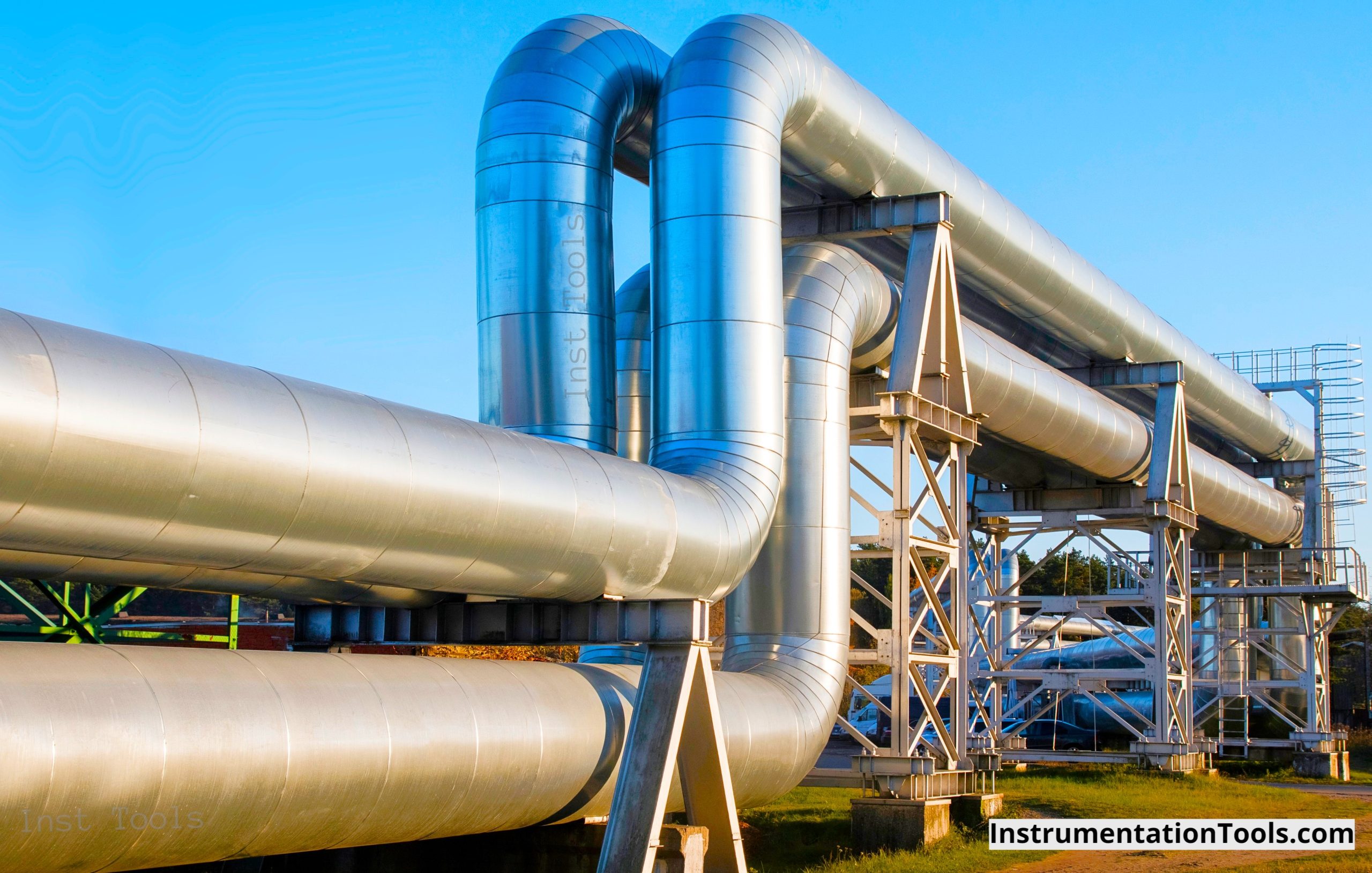
The most popular pipeline inspection tools are listed here.
- Visual inspection
- Smart pig
- Lowering ropes with cameras
- Ultrasonic testing
- Magnetic particle testing
- Eddy current testing
- Leak detectors
- Thermographic testing
Visual inspection
The visual inspection is the very first step in pipeline inspection. Any machine cannot be used blindly, it first requires human intervention to actually see what is the fault.
A qualified engineer is required to visit the pipeline sites and check for cracks, leaks, and corrosion parts manually. If any signs of damage are detected in this stage, then it becomes easier for further troubleshooting.
Smart pig
Smart pig is one of the most recent and advanced methods used for inspecting pipeline health. It is an automation device, on the design basis of a robot, which moves inside the pipeline from the start to the desired point. It is fitted with smart sensors, detectors, actuators, and other smart instruments that continuously scan the pipe while moving.
The size of the pig is selected in such a way that it is able to touch the internal walls of the pipe. The data is fed via a remote connection to the engineer monitoring it. The pig will then provide all the information regarding ID (internal diameter) pitting, OD (outer diameter) pitting, cracks, corrosion, dents, buckling, etc.
During testing, the flow is stopped and diverted through some other line. The pig easily detects bends and also gives accurate geometrical measurements inside the pipelines. The movement of the pig is tracked using GPS and recorded in a control system. Due to this, a whole map of the pipeline is understood with its corresponding fault locations. This makes troubleshooting and maintenance very easy.
Lowering ropes with cameras
Lowering ropes with a camera solution works where the pipeline is small and vertically mounted. Robots and other smart devices cannot enter such small pipelines, and in this case, just lower a rope fitted with cameras.
Slowly lower the rope and observe all the visual graphics inside the pipeline through control systems. This will help to get real-time feedback on the pipe’s health and solve any issues if any.
Ultrasonic testing
Ultrasonic testing is also one of the advanced methods of pipe inspection. Here, ultrasonic sound and light waves are sent inside the pipe. The rays are reflected back at the receiver after hitting any pipe surface, object, or obstacle.
The receiver calculates the time received to get back the rays and as the speed of waves is known, we get to know the exact distance of the fault location or understand the geographical area of the pipeline.
Magnetic particle testing
Magnetic particle testing is a method that is used for pipelines and they are magnetic in nature (meaning the material of which the pipe is made must be magnetic in nature). A magnetic current is passed through the pipeline and if there is no issue, the magnetic field will pass through the whole pipe properly.
If there is any defect, crack, or leakage, the field will spread out in that area and create a field where it can be properly visible to the human eye. The engineer will then get to know that there is an issue in this particular area.
Eddy current testing
Eddy current testing is also one of the methods similar to magnetic particles, as it similarly works on electromagnetism. A specially designed coil is used which is energized by AC current, and such coils are placed in a probe. The probe is then placed inside the pipe.
As the electromagnetic field around the coil is continuously active, it generates an Eddy current around the pipe. This current flows in the opposite direction as the current generated by probe coils.
When there is any defect, a change in current flow will occur. The current flow is monitored by the engineer and a change at any point helps in determining the point of issue in the pipe.
Leak detectors
Some special types of leak detectors are used in pipelines to detect any leakage in them. The two most used ones are helium leaks and pressure decay leaks. In helium leaks, helium gas is used in sealed systems and if any leak is found, the gas spreads in such areas and alerts the engineer.
Similarly, in a pressure decay leak, the rate of pressure change is measured and if there is any loss in the pressure, then that area is detected from where the pressure is dropping.
Thermographic testing
In thermographic testing, the temperature of the pipe area is monitored through thermal image detectors. The temperature varies in an area where there is a defect like a leakage, hole, crack, or corrosion.
Due to this, you get a thermal map in the detector which helps in determining which area has that fault. This is because defect areas are exposed to the atmosphere or prone to any nearby corrosion factor. This affects the thermal insulation and changes the temperature.
In this way, we saw the essential industrial pipeline and inspection tools.
